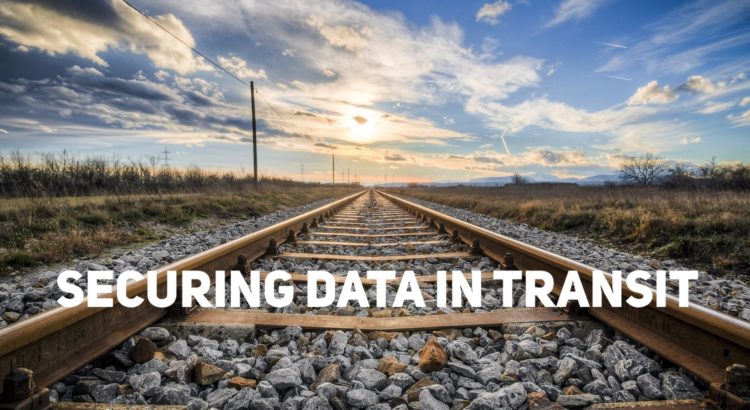
Author: AlexMcDonald

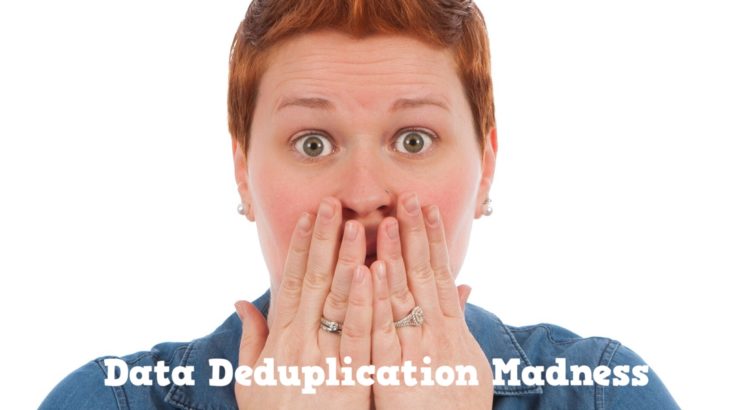
Not Again! Data Deduplication for Storage Systems
Non-Cryptic Answers to Common Cryptography Questions
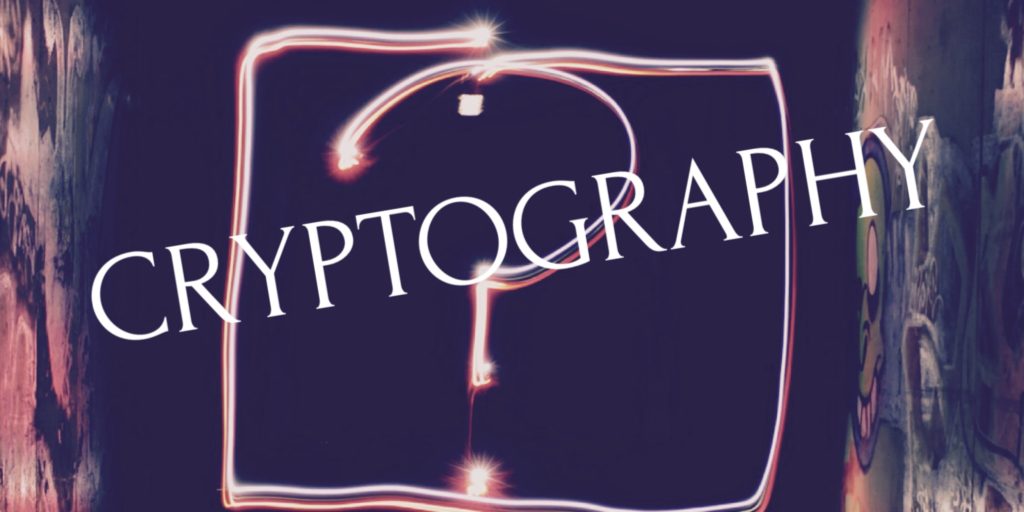 The SNIA Networking Storage Forum’s Storage Networking Security Webcast Series continues to examine the many different aspects of storage security. At our most recent webcast on applied cryptography, our experts dove into user authentication, data encryption, hashing, blockchain and more. If you missed the live event, you can watch it on-demand. Attendees of the live event had some very interesting questions on this topic and here are answer to them all:
Q. Can hashes be used for storage deduplication? If
so, do the hashes need to be 100% collision-proof to be used for deduplication?
A. Yes, hashes are often used for storage deduplication.
It’s preferred that they be collision-proof but it’s not required if the deduplication software does a bit-by-bit comparison of any files that produce the same hash in order to verify if they really are identical or not. If the hash is 100% collision-proof then there is no need to run bit-by-bit comparisons of files that produce the same hash value.
Q. Do cloud or backup service vendors use blockchain
proof of space to prove to customers how much storage space is available or has been reserved? Read More
The SNIA Networking Storage Forum’s Storage Networking Security Webcast Series continues to examine the many different aspects of storage security. At our most recent webcast on applied cryptography, our experts dove into user authentication, data encryption, hashing, blockchain and more. If you missed the live event, you can watch it on-demand. Attendees of the live event had some very interesting questions on this topic and here are answer to them all:
Q. Can hashes be used for storage deduplication? If
so, do the hashes need to be 100% collision-proof to be used for deduplication?
A. Yes, hashes are often used for storage deduplication.
It’s preferred that they be collision-proof but it’s not required if the deduplication software does a bit-by-bit comparison of any files that produce the same hash in order to verify if they really are identical or not. If the hash is 100% collision-proof then there is no need to run bit-by-bit comparisons of files that produce the same hash value.
Q. Do cloud or backup service vendors use blockchain
proof of space to prove to customers how much storage space is available or has been reserved? Read More
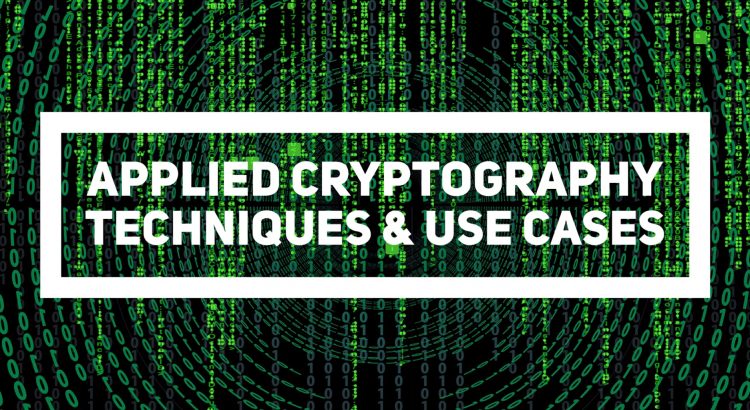
Applied Cryptography Techniques and Use Cases
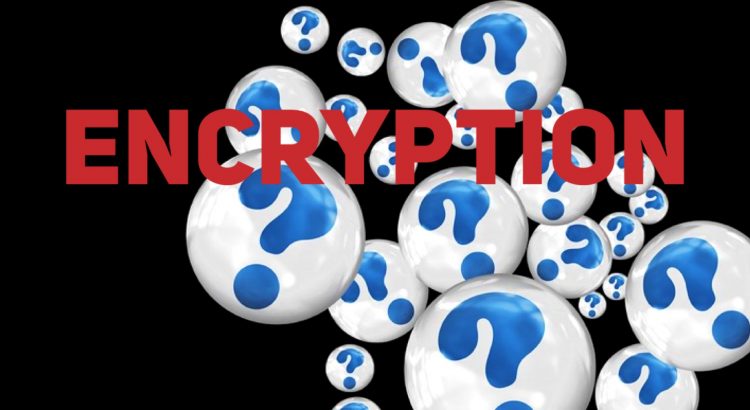
Encryption Q&A
Ever wonder how encryption actually works? Experts, Ed Pullin and Judy Furlong, provided an encryption primer to hundreds of attendees at our SNIA NSF webcast Storage Networking Security: Encryption 101. If you missed it, It’s now available on-demand. We promised during the live event to post answers to the questions we received. Here they are:
Q. When using asymmetric keys, how often do the keys need to be changed?
A. How often asymmetric (and symmetric) keys need to be changed is driven by the purpose the keys are used for, the security policies of the organization/environment in which they are used and the length of the key material. For example, the CA/Browser Forum has a policy that certificates used for TLS (secure communications) have a validity of no more than two years.
Read More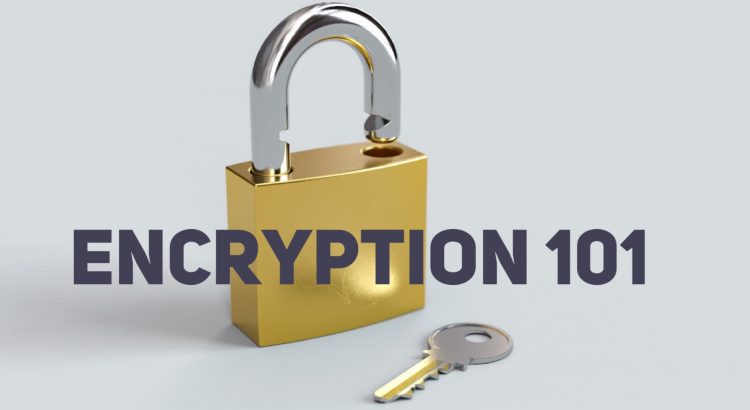
Encryption 101: Keeping Secrets Secret
- A brief history of Encryption
- Cryptography basics
- Definition of terms – Entropy, Cipher, Symmetric & Asymmetric Keys, Certificates and Digital signatures, etc.
- Introduction to Key Management
Networking for Hyperconvergence
FCoE vs. iSCSI vs. iSER: Get Ready for Another Great Storage Debate
Fibre Channel vs. iSCSI – The Great Debate Generates Questions Galore
“A good and frank discussion about the two technologies that don’t always need to compete!”
“Really nice and fair comparison guys. Always well moderated, you hit a lot of material in an hour. Thanks for your work!”
“Very fair and balanced overview of the two protocols.”
“Excellent coverage of the topic. I will have to watch it again.”
If you missed the webcast, you can watch it on-demand at your convenience and download a copy of the slides. The debate generated many good questions and our expert speakers have answered them all: Read More